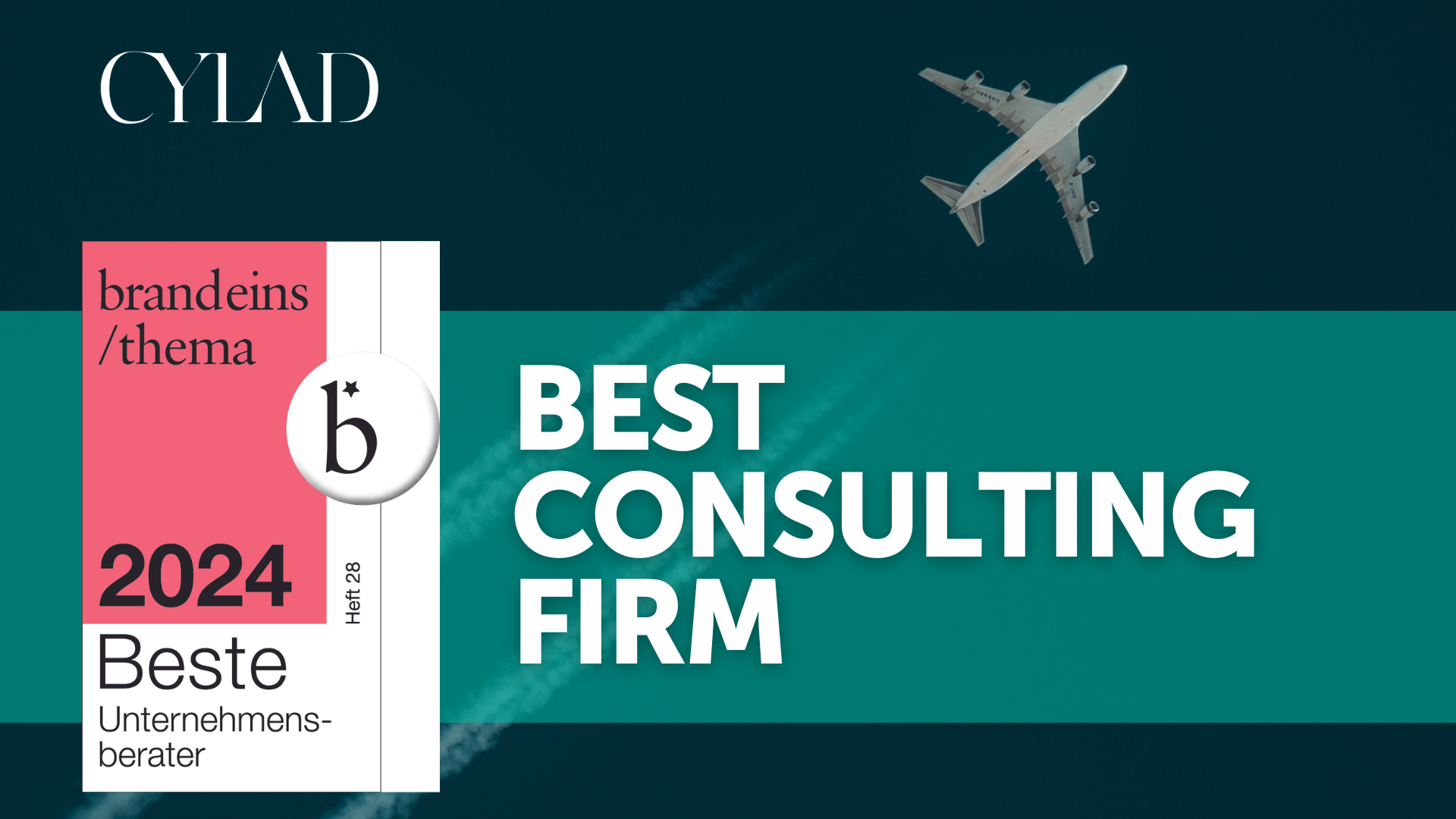Product Development
Market leaders outperform their competitors with up to 30% faster time-to-market and 35% lower development and product costs through efficient synchronization of their functions at key milestones all along the development.
Product Development best practices are driving continuous improvement for time to market and product cost optimization, while leveraging emerging fundamental trends to shape tomorrow’s markets and long term success. Product Development differs from other operations practices as its performance indirectly affects the long term company position, by:
- Integrating market data and users’ evolution of needs into the design
- Developing new knowledge & technology while maintaining an agile worldwide footprint and ecosystem
- Creating proficiency in complex system design
- Supporting clients’ business model evolutions
Services design and disruptive innovations from other industries eventually impact top line competitiveness. These emerging trends are so numerous that they act as genuine game changers!
Now this new era calls for a tremendous and key challenge:
- Do things right: Developing both soft and hard skills for Engineering teams fosters creativity and efficiency, but requires targeted waves of focused effort to achieve cross-functional team work, cost reduction targets, and reconciliation of initiatives to the P&L.
- Do the right things: Integrating fundamental trends into products and organizations ignites future competitiveness and the transformation journey. Such initiatives are achievable only with true cultural mindset change, significant effort, and intelligent coordination to avoid getting lost in complexity!
Our assets
We bridge efficiency and growth between your product development practices and fundamental trends.
CYLAD provides guidance on the impact of fundamental trends on your organization and the right approach to identify and implement true product development efficiency opportunities while paving the way for new markets.
Achievement of successful product development approaches in all organizations depends on the company’s ability to:
- Understand both the external and internal value of transformation
- Choose and adapt the mix of evolutions in order to secure the transformation journey and mitigate risks
- Implement clear and sustainable approaches with the teams involved
- Ensure value for the company in the short- and long-term
We build upon our past experiences in Innovation, R&D and Product Development to deliver significant recommendations and successful transformations. With CYLAD you can expect:
- A team of seasoned professionals that understands market evolutions, business models, global footprints, and technology capabilities
- Value delivered to keep focus on the impact fundamental trends on your business and product development strategy
- A suite of proven approaches to identify true product development opportunities (incl. covering assessment and impacts of cross functional organizations and products, both internally and at extended enterprises level)
- A team that understands product complexity and synchronization opportunities from R&D, style, or system design to Manufacturing Engineering and Product Validation while maintaining a top level view to ensure P&L reconciliation
- High consideration for fostering soft skills and learning
Interview
Play
Modularity approach implemented by Alstom & CYLAD teams to boost competitiveness of offers and anticipate products’ variability
“We were kind of at a turning point between what we had been doing in recent years and preparing for the next 4 years. I wanted a partner simply to provide us, not with a model to copy, but rather one that understood us and could help us design our own model.”
PALOMA MORAN
VP platform Metro et Suburban at Alstom Transport
Client cases
Contacts
News & Insights

Success story | Securing project schedule in the renewable energies sector
Interview

Interview with a Cyladian: Consultant – coach at CYLAD
Awards

CYLAD AWARDED AS “BEST CONSULTING COMPANY”IN GERMANY FOR THE 4th TIME
Success storytransportation

Success story | Signing to closing – Acquisition by a leading industrial group of a major aerospace player
